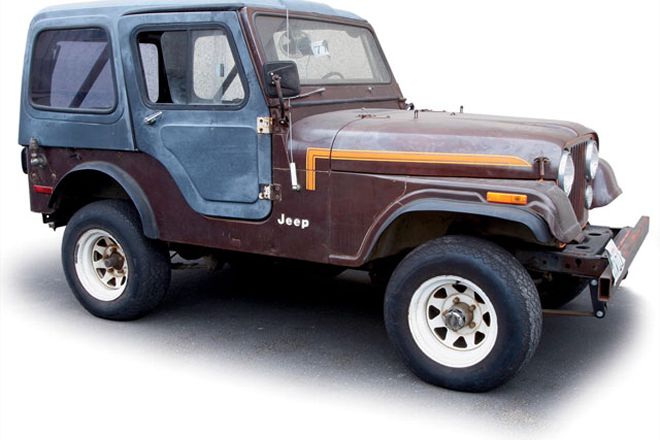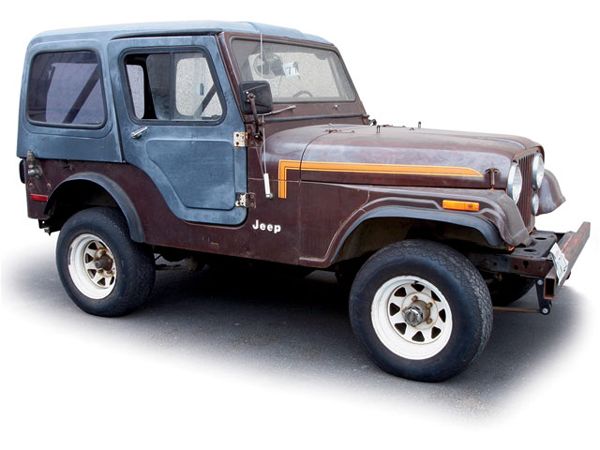
 Kevin McNulty
Former Editor, Mud Life
Kevin McNulty
Former Editor, Mud Life

Leaf springs represent a proven technology that works exceptionally well. When they're properly designed and installed, they can produce a highway ride as smooth and as comfortable as a coil-sprung vehicle. The off-highway ruggedness, durability, and performance of leaf springs, especially for rockcrawling, have been proven time and again, and they are able to endure extreme punishment under harsh conditions while offering exceptional articulation.
Compared to modern vehicles and trick coilover suspension systems, leaf springs don't look as high-tech and as fancy, but there's a great deal of science behind their design. The leaf spring dates back hundreds of years. The modern leaf spring was invented in the early 1800s, automobiles were manufactured with them until 1989, and they are still used today on trucks, trains, and heavy-duty applications.
Just about anyone with moderate mechanical skills can replace a set of leaf springs. It's a swap that can easily be completed in the driveway, and we could fill volumes with leaf-spring science, progressive rates, tuning, axlewrap, and do's and don'ts. While we were at T&J Performance Center in Orange, California, we watched as they replaced a set of leaf springs on an old worn-out Jeep CJ.





